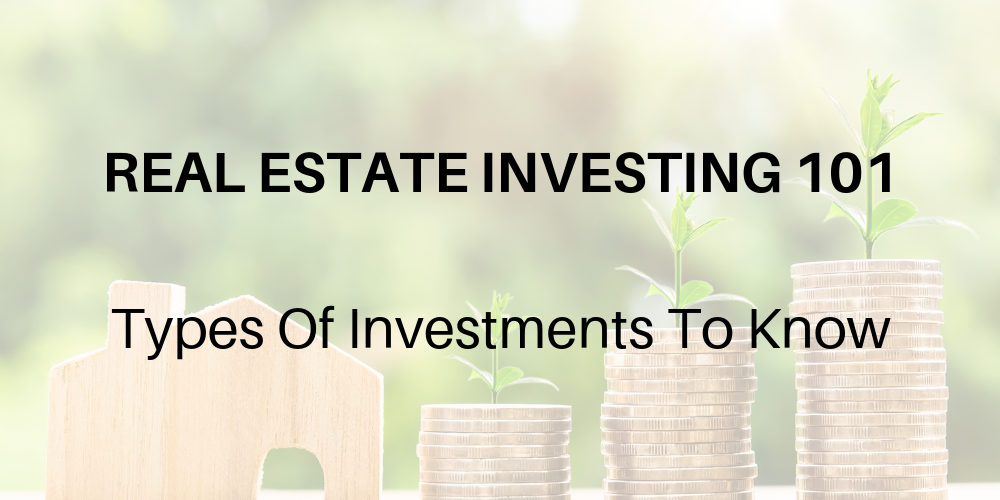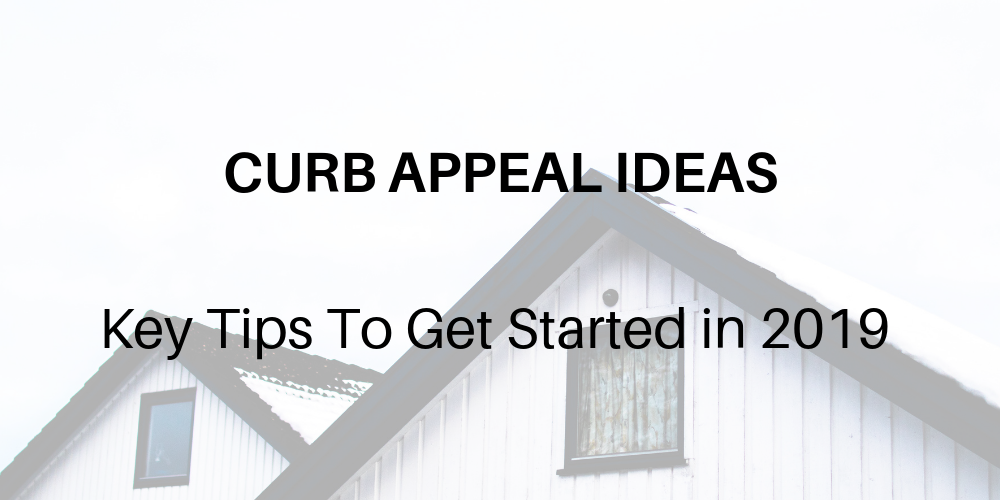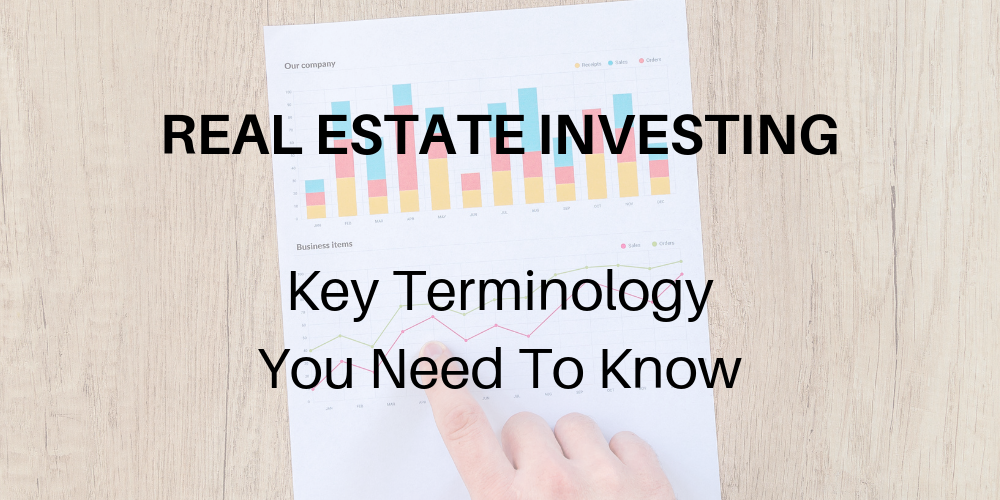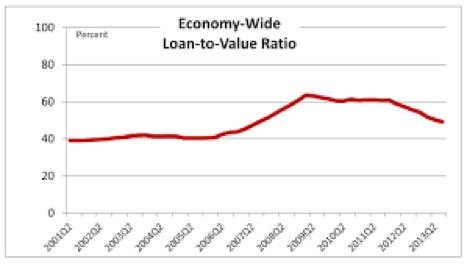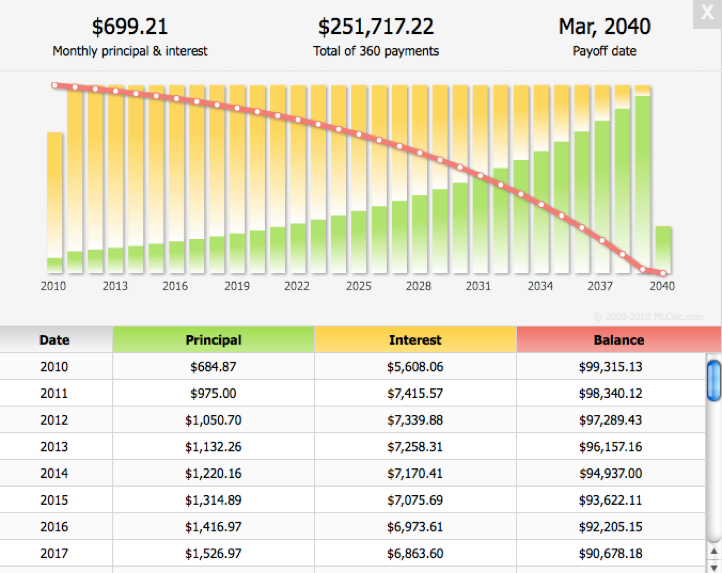Real Estate Investing 101: How It Works in 2019
https://www.c4dcrew.com/wp-content/uploads/2019/07/CONTRACT-FOR-DEED_-PROS-AND-CONS-11.png 1000 500 Taylor Witt Taylor Witt https://secure.gravatar.com/avatar/c007419611804209e46af7a884e93ad9?s=96&d=mm&r=gWe know you’ve seen it — an infomercial by an energetic self-proclaimed real estate investor. He has made millions of dollars perfecting the best practices for certain types of real estate investments and he wants to let you in on his secrets for the very reasonable price of only $_____.
Unfortunately, as is the case with most investments, there is no magic formula, golden bullet, or secret way to easy riches.
If you are really interested in certain types of real estate investments, you need to do your homework, and we have outlined some basic principles and ideas for you below.
The Idea for Types of Real Estate Investments
To make money in real estate you need to ultimately buy a property and then sell it for more than you bought if for. That may sound easy, but real estate usually costs a lot of money and you’ll need financing to make most of these deals happen.
But first let’s look at the ways you can make money without using any outside financing sources.
Quick Turn – Wholesale
A quick turn means you control a property for a short period of time and then get rid of it at a profit.
Picture this: You find a motivated seller that is willing to get rid of their property for $100,000. Then, you find a buyer that’s willing to pay $110,000.
You play middleman, get the parties together and take the $10,000 as an assignment fee.
Another way to do a no money down deal is to buy an option on a property. An option gives you the right to purchase a property at a certain price for a certain period of time.
If you can purchase your option for a cheap price, and if you can then find someone that wants the property, you can sell your option at a profit to that buyer.
Of course, there are a lot of “ifs” involved, but these deals do happen.
Quick Turn – Retail
This is a more traditional way to make a good return in a hurry. You buy a fixer-upper, renovate it, and sell it for more than you paid for it. This is the basis of the many HGTV shows you have undoubtedly watched, and if you have been a careful viewer, you are aware of the pitfalls involved in certain types of real estate investments.
One excellent way to make money in real estate while reducing some stress is to buy a fixer-upper and live in it. While you occupy the property, you repair it. Since you are occupying the property, you would have the same monthly housing cost as you would anywhere, and your only additional costs would be for remodeling and renovating.
This deal works particularly well if you are able to do the work yourself. If you are the type of person that needs help changing light bulbs, the occupy and remodel plan might not be best for you, however.
The Long Term – Renting
There are other ways to make money in real estate. You can buy a piece of property and then rent it. If you do it right, you can create monthly cash flow while have your tenant pay down your mortgage.
Check this out: A savvy investor bought four houses in the year 2000 in Austin, TX.
These were single family homes of around 2500 square feet, and they were purchased new for about $130,000 each.
The investor put $30,000 down on each of the and took out mortgages of $100,000 per property.
With taxes and insurance, the monthly payment for each property was around $850. The investor was able to rent each property for $1000 per month so the $150 profit margin he managed to generate each month was slim. Now, in 2019, the properties rent for $2100 each, and even though taxes have gone up, the investor is still clearing $600 per month per home. In addition, the mortgage balances on each home have been paid down to only $50,000.
Better yet, Austin real estate has skyrocketed in price, so those homes are now worth over $300,000 each. If our investor sold the homes today, he would make close to $250,000 on each on each one!
Equity Play
Another way to make good money in a rising market is to buy a property and rent it even though the rent collected may not total more than the monthly mortgage costs.
Even if an investor has to feed a property a few hundred dollars per month, big gains can be realized at the end. For example, an investor buys a $300,000 home. His monthly costs including principal, interest, insurance and taxes are close to $1900. He can only rent the home for $1700, but the value of the home increases to $400,000 in five years.
Yes, our investor technically loses almost $10,000 in cash flow over the five-year period, but when he sells the home for $100,000 more than he paid for it, the losses are erased.
Of course, you need to take other things into consideration like repairs, maintenance and vacancies, but it you do your homework and are patient, you too can make money in certain types of real estate investments.

